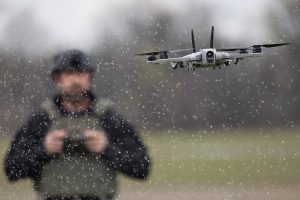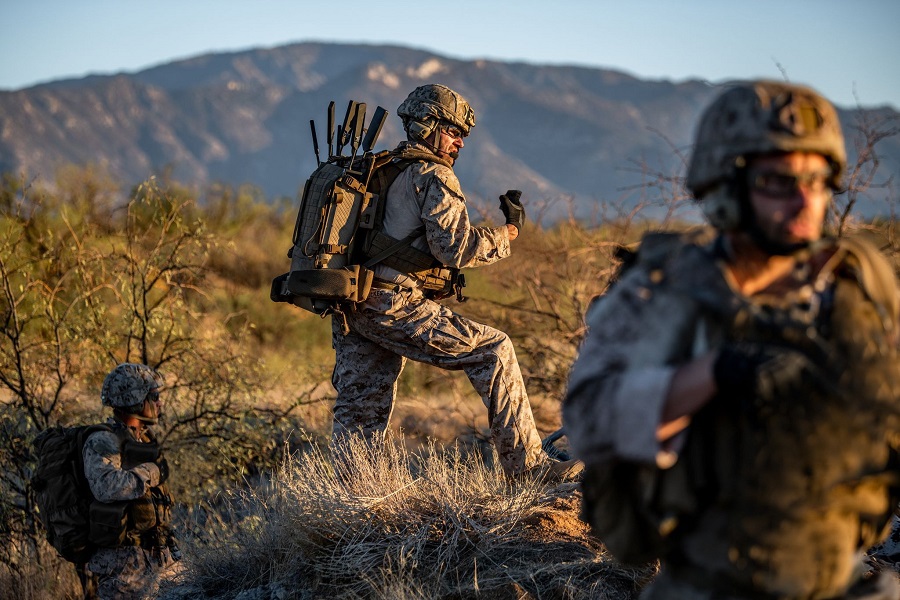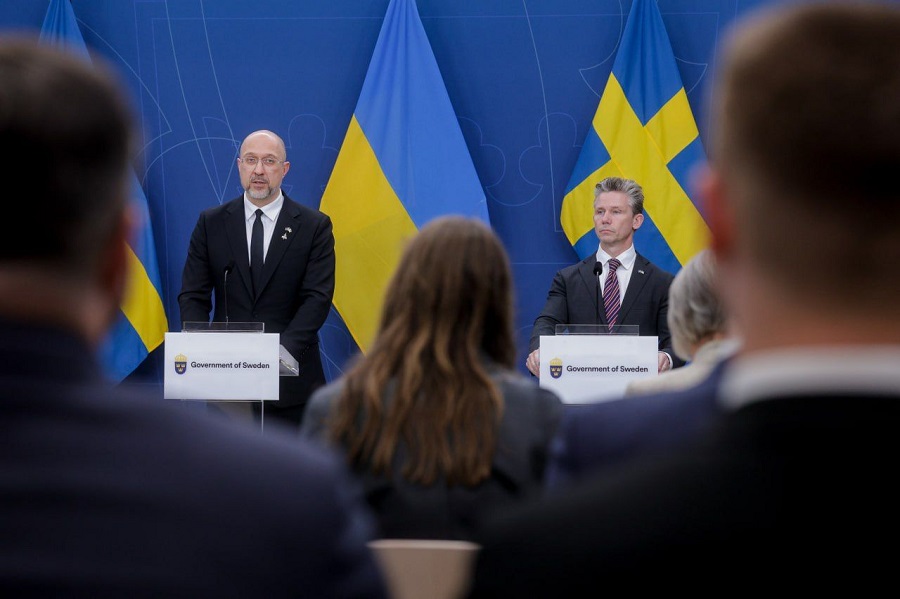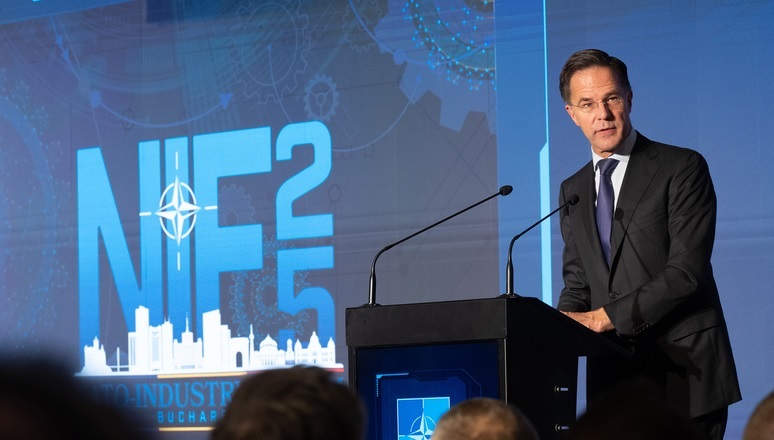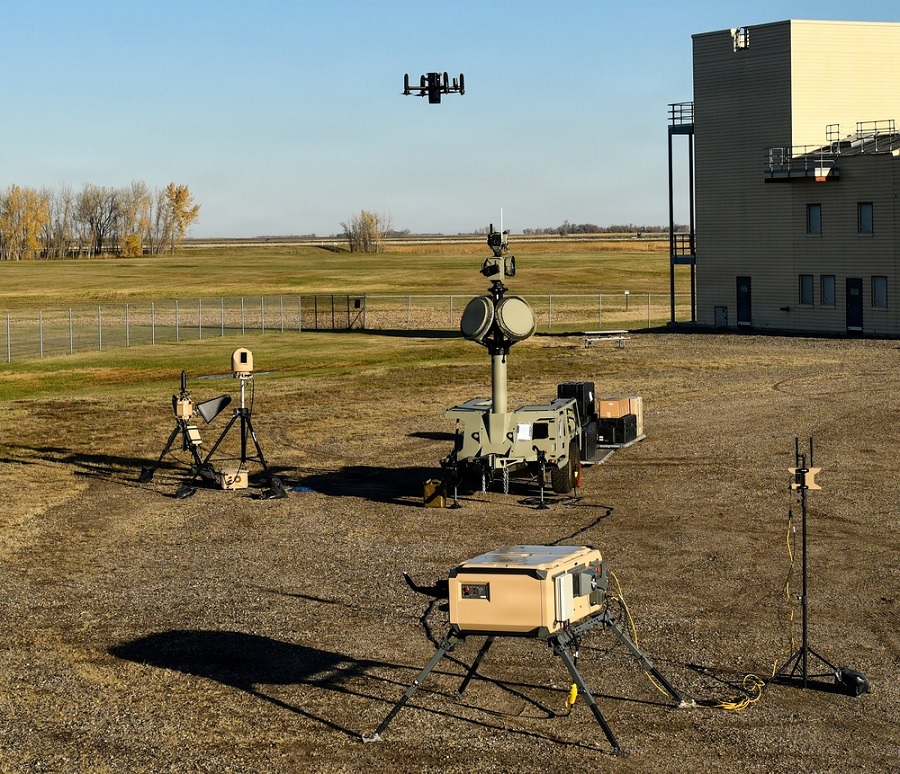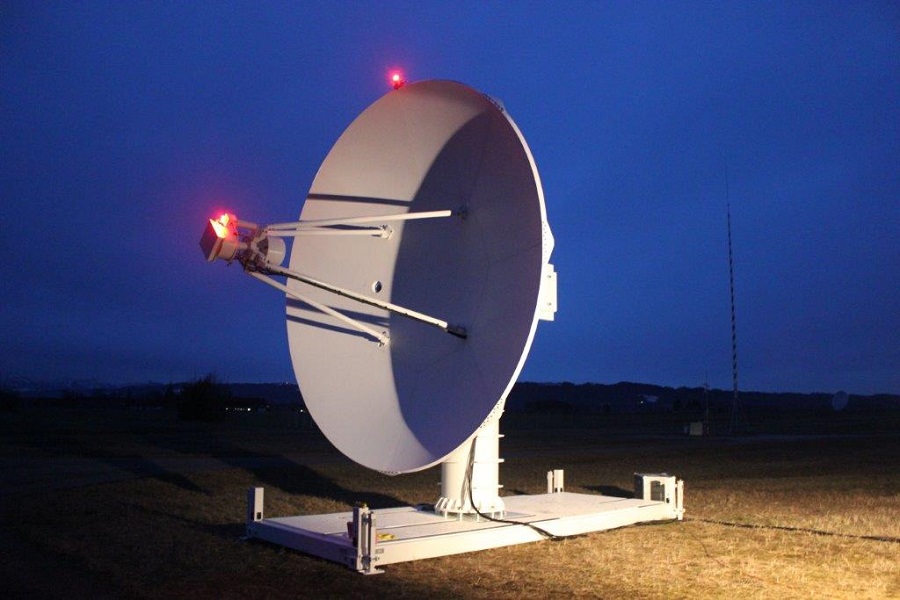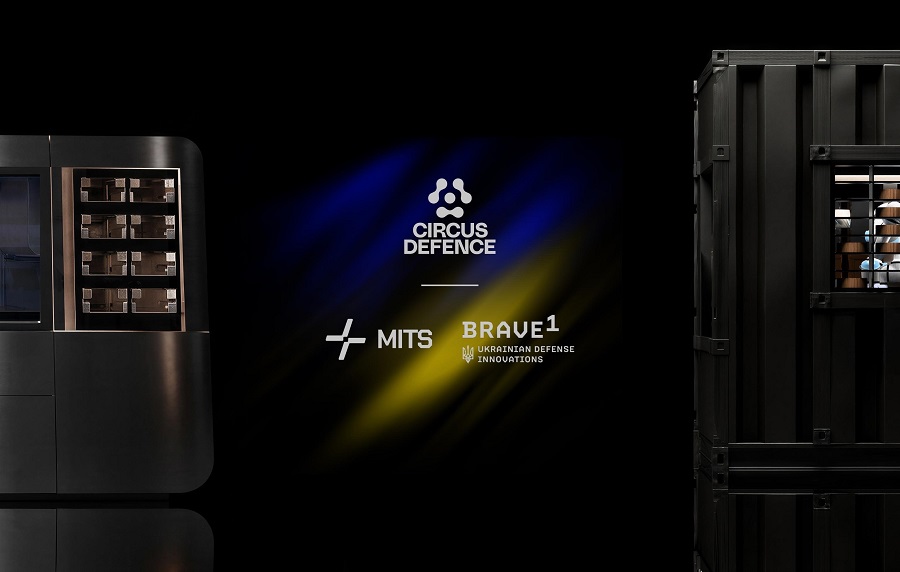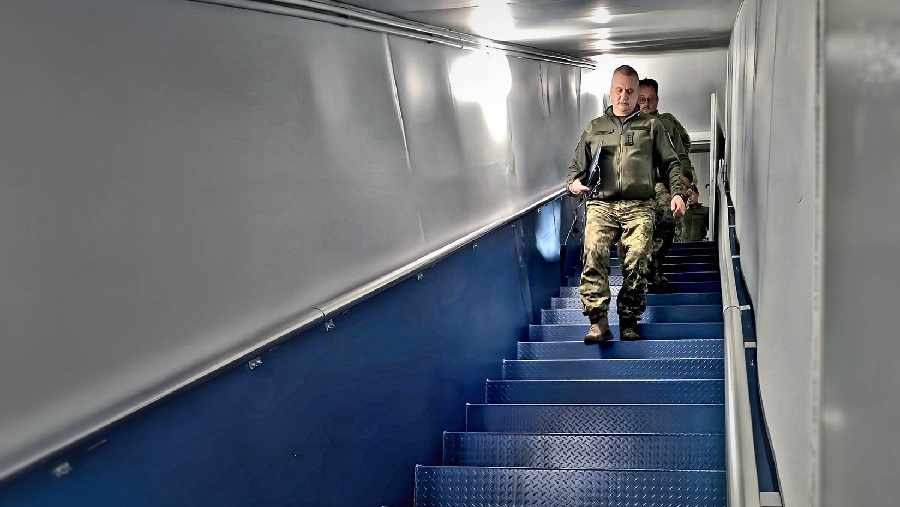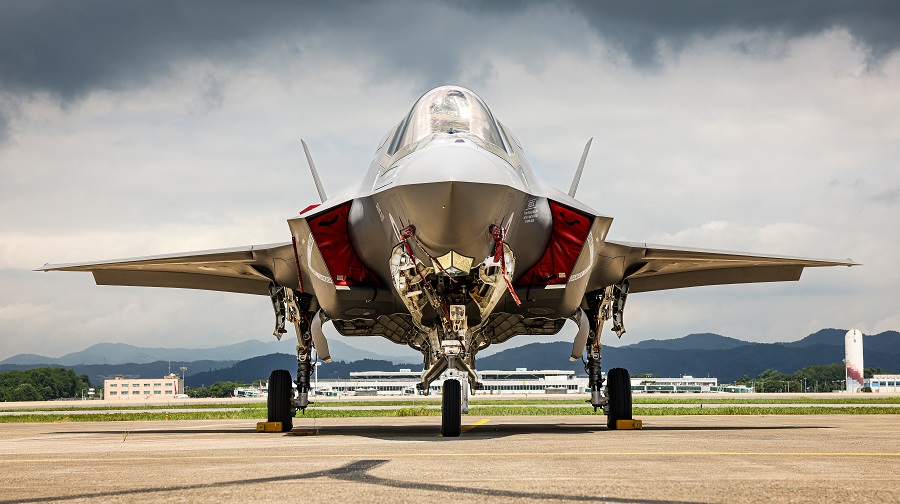“We cannot afford to let bureaucracy slow down innovation,” said Nathalie Guichard, EDA’s Director for Research, Technology and Innovation. She emphasised the need for joint experimentation and testing: “Countries and companies must experiment together, share testing and training campaigns, and validate concepts in realistic conditions.”
The ASCI initiative, launched by the EDA, aims to accelerate collaboration between EU Member States and industry by connecting research, testing, and operational deployment. The goal is to shorten the time from prototype development to battlefield use.
Guichard also addressed Europe’s position in artificial intelligence for autonomous systems, stating: “AI is essential for autonomous systems. It enables rapid decision-making where humans must be out of the loop, but for that we need trustworthy AI. The Agency is working with Member States to provide secure datasets for training AI models.”
Industry leaders echoed calls for reform, with Kuldar Väärsi, CEO of Milrem Robotics, warning that high technical standards are slowing development and increasing costs. Estonia’s Defence Ministry Permanent Secretary, Kaimo Kuusk, urged “rapid adoption from the laboratory to the field,” supported by adaptable testing methods.
Dmytro Tolstoluzhskyi, Head of Department at Ukraine’s Central Directorate for Innovations of the Armed Forces, highlighted the importance of innovation speed. “Defence innovation will save lives,” he said, explaining that Ukraine can move from design to deployment in just four to twelve weeks, and encouraged deeper cooperation between military, research and industry sectors.
The conference also explored the potential of autonomous swarms—cooperating drones and unmanned systems—for missions in logistics, communications, and counter-drone defence. Key focus areas included autonomy, systems integration, cyber resilience and electromagnetic operations.
Following the ASCI event, the EDA’s third Unmanned Aircraft Systems (UAS) Symposium took place in Tallinn, concentrating on the air domain. Topics included integrating drones into civilian airspace, creating cross-border air corridors, and the future development of drone pilot training networks.








